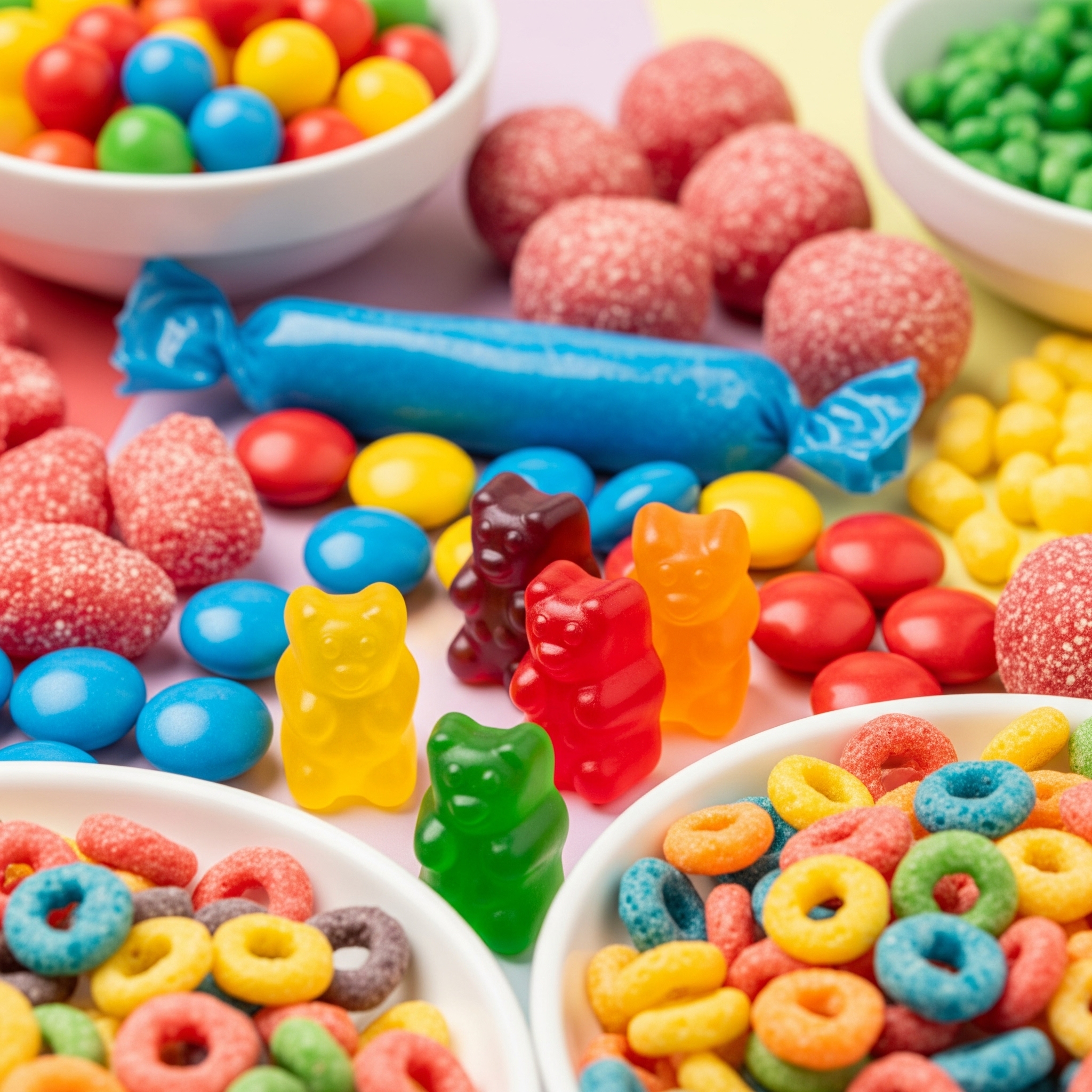Thanks for subscribing – your Real Food Reset: A Beginner’s 7-Step Guide is on its way to your inbox! 🎉
You’ll also be among the first to receive exclusive updates about the Real Food Rating app and new tools to help you feed your family with confidence.
Got a question or something on your mind? I read every message and will get back to you as soon as I can.
In the meantime, keep an eye on your inbox — and get ready to rethink the way you shop, cook, and nourish.
With gratitude,
Mandy
